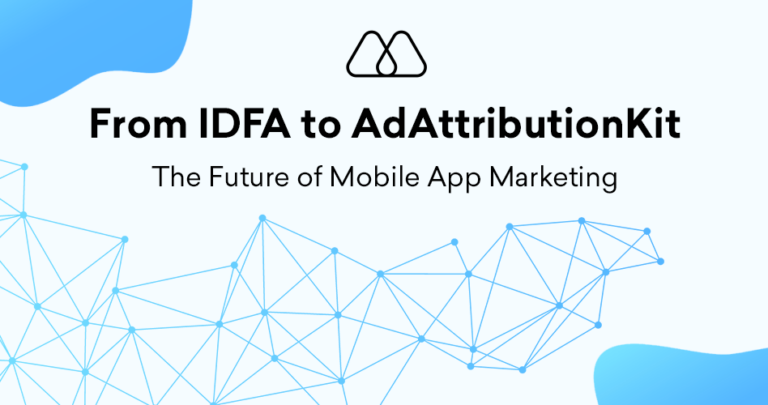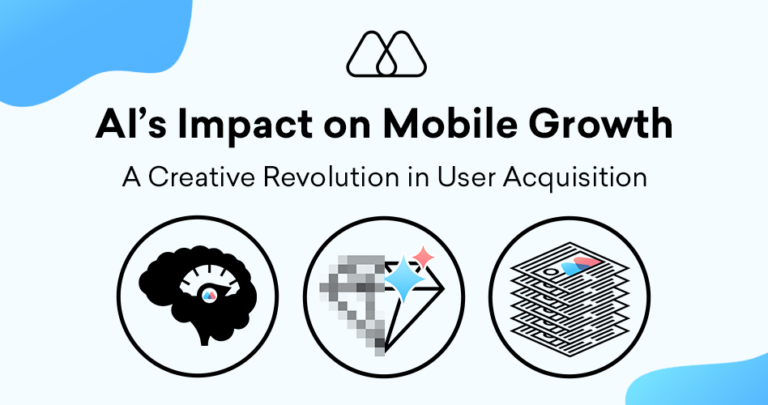Limit Ad Tracking (LAT), also known as Identifier for Advertising (IDFA) transparency on iOS devices, has emerged as a significant force shaping the mobile advertising landscape. This privacy feature empowers users to opt out of data collection practices that inform targeted advertising. For mobile app advertisers, LAT necessitates a strategic shift, demanding a deeper understanding of its implications and the development of effective strategies to navigate this evolving environment.
What is Limit Ad Tracking (LAT)?
Limit Ad Tracking (LAT) is a privacy setting introduced by Apple in iOS 10 (2016) that allows users to control how their device identifier, the IDFA, is used for advertising purposes. The IDFA is a unique identifier assigned to each iOS device that app developers and advertising platforms can leverage to track user behavior and deliver targeted advertising. With LAT enabled, users can choose to prevent apps from accessing their IDFA, by opting out of interest-based advertising.
The Rise of LAT and its Impact on Mobile Advertising
Since its introduction, Limit Ad Tracking (LAT) adoption has steadily increased, particularly with the release of iOS 14.5 in 2021 which sets the default state of a user as opted-out. This rise presents both challenges and opportunities for mobile app advertisers.
Challenges:
- Reduced Targeting Capabilities: Limited access to IDFAs hinders the ability to target specific user segments with laser precision, potentially leading to less relevant ad experiences for users and potentially lower campaign effectiveness.
- Measurement and Attribution Challenges: Reliance on IDFAs has been the norm for measuring campaign performance and attributing conversions to specific ad impressions. LAT complicates this process, requiring alternative measurement solutions.
- Increased User Acquisition Cost: With less targeted advertising, reaching the right users may become more expensive, potentially impacting user acquisition costs.
Opportunities:
- Focus on Contextual Targeting: LAT necessitates shifting toward contextual targeting strategies that leverage factors, including; app category, demographics, and in-app behavior to deliver relevant ads.
- Prioritize First-Party Data: Building a robust first-party data strategy, and collecting user data with explicit consent, becomes crucial for personalized ad experiences and effective campaign measurement.
- Focus on User Privacy: By prioritizing user privacy and building trust, app developers and advertisers can foster positive user experiences and potentially improve brand loyalty.
Strategies for Success in a LAT-Enabled World
To navigate the Limit Ad Tracking (LAT) landscape effectively, mobile app advertisers can adopt several key strategies:
- Contextual Targeting: Leverage contextual targeting solutions that consider factors like; app category, user demographics, location, and in-app behavior to deliver relevant ads within a privacy-compliant framework.
- Invest in First-Party Data: Prioritize building a robust first-party data strategy. Collect user data with explicit consent to gain valuable insights into user behavior and preferences. Utilize this data for ad personalization, campaign optimization, and measurement.
- Privacy-Focused Measurement Solutions: Explore alternative measurement solutions designed for a privacy-first environment. Consider solutions that leverage contextual data, aggregated app-level data, or privacy-preserving techniques like SKAdNetwork (SKAN) from Apple.
- Focus on Creative Strategies: Develop compelling and engaging ad creatives that resonate with users, regardless of targeted advertising capabilities.
- Transparency and Consent: Be transparent about data collection practices and obtain explicit user consent for data usage.
The Future of LAT and Mobile Advertising
The rise of Limit Ad Tracking (LAT) signifies a fundamental shift towards a privacy-focused mobile advertising landscape. While challenges exist, this shift also presents opportunities for innovation and a renewed focus on building user trust. By embracing these changes, mobile app advertisers can develop sustainable, advertising strategies that remain effective and respectful of user privacy.
5 Key Takeaways: Navigating Limit Ad Tracking (LAT) in Mobile Advertising
- LAT empowers users to opt out of IDFA-based tracking for targeted advertising.
- LAT presents challenges like reduced targeting capabilities and measurement difficulties, but opportunities for contextual targeting, and a focus on first-party data.
- Employ contextual targeting solutions and invest in building a robust first-party data strategy to deliver relevant ads.
- Explore privacy-focused measurement solutions and prioritize compelling ad creatives.
- Embrace transparency and user consent for data collection practices.




